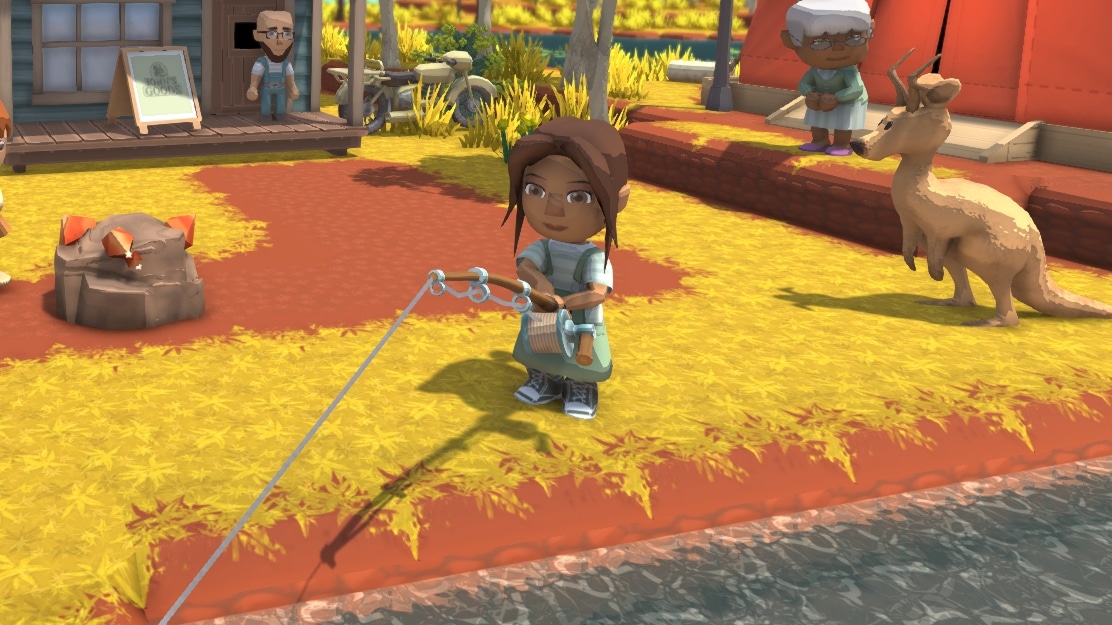First Nations People exist. That’s it. That’s the one line that can’t be argued, or shouldn’t be able to be argued. Indigenous Peoples are everywhere in Australia, despite the many attempts at genocide throughout history.
While this isn’t a hard concept to grasp, many video games made and set in Australia fail to understand or represent this. Forza Horizon 3 transformed Australia into a racing stage, which is gross, considering the history of sacred Indigenous sites being turned into race tracks or amusement parks.
Borderlands: The Pre-Sequel represents the moon as Australia. While containing a lot of humorous dialogue referencing the colonial history of Australia, it fails to pay respect or acknowledgement to what happened to First Nations People as a result.
Ty the Tasmanian Tiger is a game that succeeds in some ways, and falls short in others. Although it falls into the trappings of being a colonialist video game, ultimately appropriating aspects of Indigenous Cultures in its gameplay elements, it at least makes references to First Peoples mythology, the Dreamtime – albeit in a simplified respect.
The latest game to fail spectacularly at First Nations representation is Dinkum, from solo developer James Bendon.
Dinkum, currently an Early Access game, offers an experience similar to Stardew Valley and Animal Crossing, paying homage to both in design. All while being set in a fictional, and apocalyptic, version of Australia.
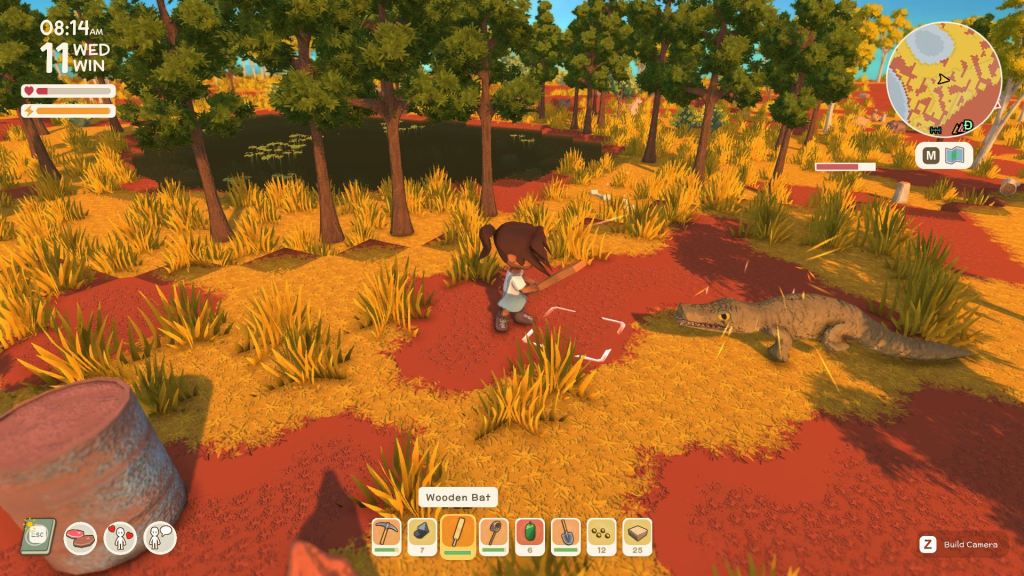
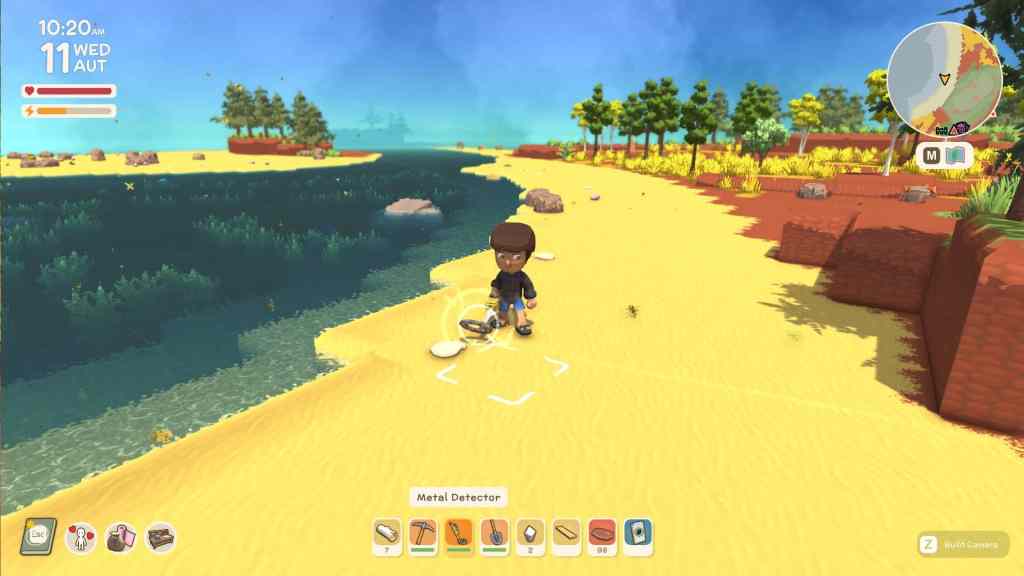
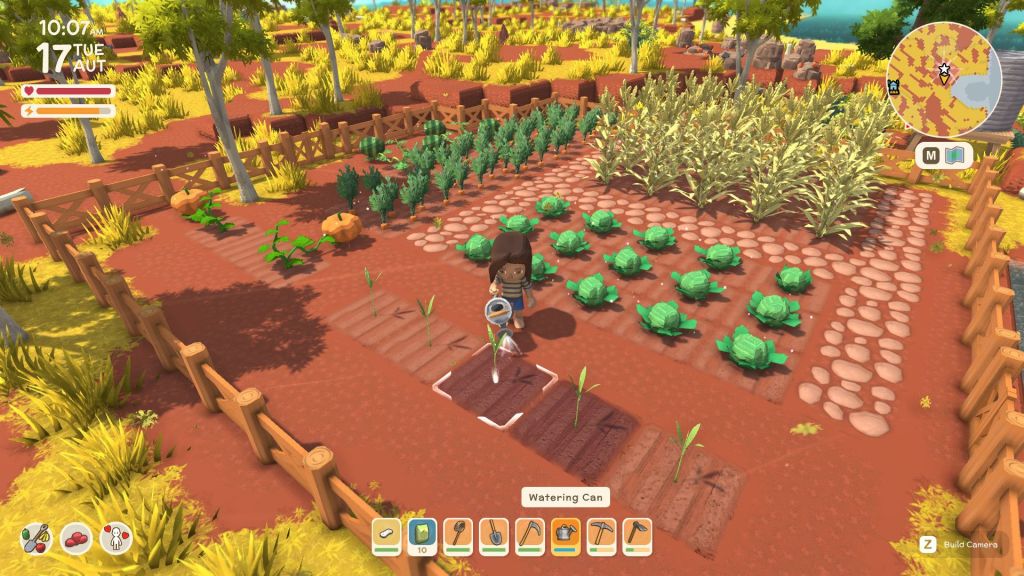
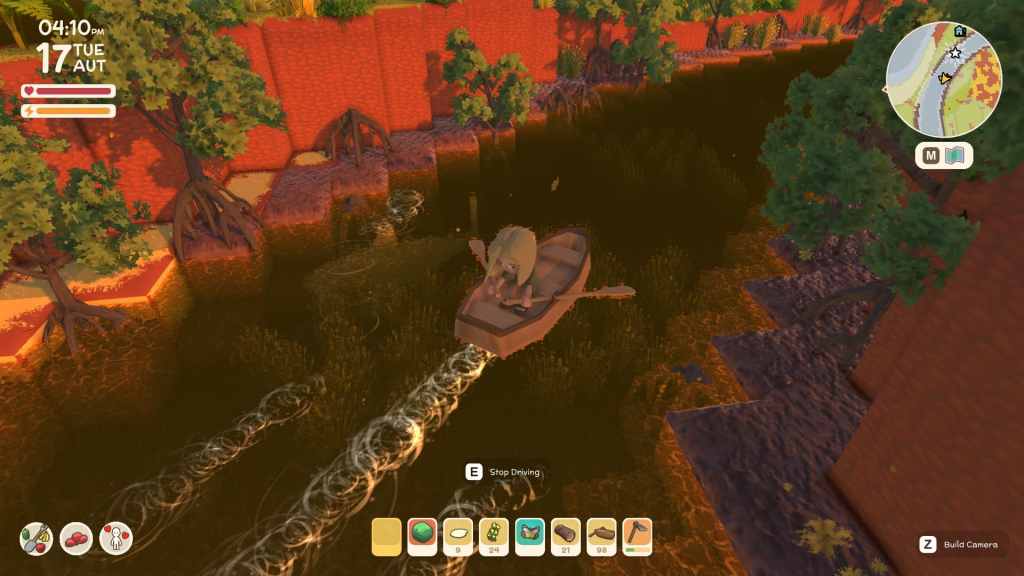
So what do you do in Dinkum? Well, it can be summarised in one word:
Colonise.
As you set forth on this land inhabited by Kangaroo, Emu and Crocodiles, you’re expected to tame the land by learning how to farm and hunt, and work on building a settlement. But don’t worry, there’s nobody else here – so it’s all territory for you to claim. That being said, on the land that is being settled, you will eventually find remnants of the past indicating the post-apocalyptic nature of the game. You can dig up things from the ‘modern Australia’, yet this presents an even larger issue to me: The only artefacts of the past are of the colonised Australia with no reference to First Nations People? Also, suggesting that the world’s longest-living culture could not survive a capitalist apocalypse? It all feels so wrong.
In its premise, Dinkum presents ‘terra nullius’.
Terra nullius means ‘nobody’s land’ and was a term used by the British to justify the colonisation and settlement of what would become known as Australia.
Terra Nullius was not only used as justification for colonisation, but also justified the British beginning 200+ years of genocide: Hunting parties were organised to hunt and kill Indigenous People; massacres were officially registered and conducted; children were stolen; enslavement and blackbirding were prevalent. These are just a few reasons why even the suggestion of Terra Nullius is a big deal.
Dinkum starts with this. This fictionalised view of Australia is empty, belonging to no one, and free to be settled by you.
A recent Twitter thread by @alex_verdant brought many eyes to the problems in Dinkum. In particular, they noticed some extremely troubling dialogue, and provided screenshots.
Dinkum makes jokes about the trading of children for cutlery. Now, it was actually @alex_verdant’s Twitter thread that pushed me to play the game myself and investigate, however, when I personally came to the same scene, it seemed as though this dialogue was silently changed:
But to write a joke like this in the first place suggests ignorance to First Nations Peoples and their history at best, and malicious intentions at worst.
Here’s why: First Nations People in Australia suffered several genocide attempts, with one attempt becoming known as the ‘Stolen Generation.’
The Stolen Generation refers to Indigenous children who were removed from their families during the early 1900s to around the late 1970s. These children were removed because they were considered mixed-race – born of one Indigenous and one Non-Indigenous parent. As such, they were considered as able candidates to be ‘assimilated’ into anglo-Australian society.
This assimilation was an initiative to essentially enslave children, and have their ‘Blackness’ forcibly bred out over generations. A genocide attempt. As part of this, many Indigenous children were also traded between colonists for various things – including household goods.
In any other game, a line of dialogue about trading children for cutlery might seem like a lighthearted joke. But with so much of Dinkum clearly rooted in the Australian landscape and culture, this line is anything but. It is weirdly specific and very hurtful. It might come from a place of ignorance, but that doesn’t make it any better.
While investigating the development of this game, I discovered that people had been asking Bendon if Dinkum had First Nations representation, to which he responded: ‘I agree that having elements from the many Indigenous Australian cultures would only make the game better. I don’t identify as an Indigenous Australian, so I thought it would be inappropriate to take elements from their culture.’
Some would say this is fair. But as a First Nations person, I challenge this response and offer the following points for anyone making a game in Australia, or a game that references Australia.
- When making a game set in Australia, whether a fictionalised version or not, you cannot erase First Nations Peoples. They are the First Peoples of Australia, meaning they are integral to the history, culture, and identity of the country. Erasing them perpetuates the lie of Terra Nullius.
- You cannot say you felt it would be inappropriate to include things from First Nations Cultures, and then make an inappropriate joke about child trading in the same game.
- Any game made on Australian land – stolen land – can and should acknowledge First Nations People, similar to how Untitled Goose Game makes reference to First Nations People in the credits. This is a simple gesture, but goes a long way in terms of acknowledgement and respect.
- Hire First Nations People as consultants for your video game. Yes. They Exist. If the premise involves a fictional or non-fictional Australia, it is important to hire First Nations People as consultants. Budget for it in the development of the video game. Being a solo developer is no excuse for completely ignoring the history of the country, and the original custodians of the land.
Read: Bringing Indigenous cultural expertise to game development with Broken Roads
With that last point, let’s make this absolutely clear:
First Nations People can and should be consulted on video games set in Australia. To not include First Nations Peoples, Cultures and History is to colonise the reality of what really went on in this country’s bloody history.
It is to perpetuate the myth of Terra Nullius.
And it is to erase First Nations Peoples.
